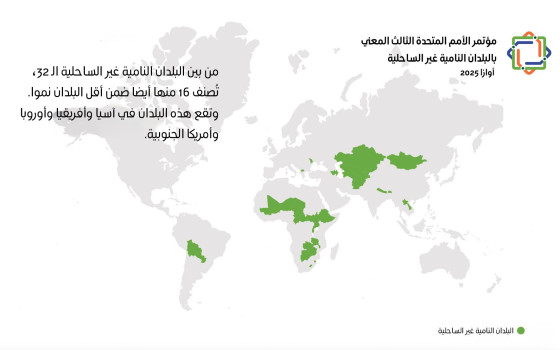
Held every 10 years... A UN conference to support 32 landlocked developing countries whose economies face challenges due to their lack of access to the sea

- Europe and Arabs
- Tuesday , 5 August 2025 6:43 AM GMT
New York - OASA: Europe and the Arabs
Today, Tuesday, August 5, heads of state, ministers, investors, and community leaders are gathering in OASA on the Caspian Sea coast of Turkmenistan for a once-every-10-year UN conference to restructure the global order in support of 32 landlocked developing countries whose economies are challenged by their lack of access to the sea.
Supported by the new OASA Programme of Action, the Third UN Conference on Landlocked Developing Countries* seeks to promote freedom of transport, create smarter trade corridors, enhance economic resilience, and provide new financing to support the development prospects of the 570 million people living in these countries.
Geography Determines Destiny
For landlocked countries, geography has long determined their destiny—trade costs are up to 74% higher than the global average, and moving goods across borders can take twice as long as for coastal countries. As a result, landlocked countries account for only 1.2% of global trade.
Amid global economic transformations, these countries face a significant risk of being left behind.
Rabab Fatima, the UN High Representative for Landlocked Developing Countries, said the conference "represents a pivotal opportunity to reverse this trend."
She added: "At its core, this conference is about people—it's about the millions of children who lack access to the internet or digital tools, the farmers who cannot get their goods to market due to poor roads, and the entrepreneurs who are held back from realizing their dreams by border delays and limited access to finance."
Broad Participation
The four-day conference, held from August 5 to 8, includes plenary sessions, five high-level roundtables, and a private sector forum focused on building partnerships and promoting investment.
Dedicated forums with the participation of parliamentarians, women leaders, civil society organizations, and youth will bring the voices of diverse segments of society to the heart of the discussions.
UN Secretary-General António Guterres is scheduled to participate in the conference. OASSA Programme of Action
The OASSA Programme of Action for 2024-2034, adopted by the UN General Assembly in December, is a key focus of the conference.
The programme identifies five priority areas: structural transformation, infrastructure and connectivity, trade facilitation, regional integration, and resilience building – supported by five key initiatives.
These initiatives include the establishment of:
A Global Infrastructure Investment Facility to bridge financing gaps
Regional agricultural research centers to enhance food security
A UN High-Level Panel on Free Transit, to ensure smoother cross-border flows
Digital connectivity initiatives to bridge the digital divide
A dedicated trade programme for landlocked developing countries at the World Trade Organization
A Diplomatic Achievement for Turkmenistan
For Turkmenistan, hosting the third LLDC Conference represents a significant diplomatic achievement and a statement of intent.
“We are proud to host the conference on the shores of the Caspian Sea,” said Ambassador Aksultan Ataeva, Permanent Representative of Turkmenistan to the United Nations. “We look forward to welcoming everyone to Awaza for a transformative, practical conference that places landlocked countries at the heart of global partnerships.”
The organizers promise state-of-the-art facilities, cultural exhibits, and networking spaces designed to stimulate cooperation. Delegates will also be able to engage directly with Turkmen heritage, from local art to Caspian cuisine.
The Bigger Picture
For LLDCs, the challenges are existential.
These countries are among the most vulnerable to climate change, the least connected, and the furthest removed from global value chains. Without bold action, progress on the 2030 Agenda for Sustainable Development will remain elusive.
The fate of humanity is inextricably linked to the fate of these countries, said Diego Pacheco, Ambassador of Bolivia, who currently chairs the Group of Landlocked Developing Countries at the United Nations.
He added: "Together, we can unleash the potential of landlocked developing countries—not just for the benefit of our own nations, but for the common future of humanity and the planet."
As the countdown to the OASSA Conference approaches, expectations are rising—not about how important geography is (it certainly is), but about the ability of global solidarity to transcend its limitations. And that is what the conference aims to demonstrate.
Of the 32 landlocked developing countries, 16 are also classified as least developed countries. List of countries classified as landlocked developing countries:
Azerbaijan, Afghanistan, Armenia, Bhutan, Bolivia, Botswana, Burkina Faso, Burundi, Central African Republic, Chad, Eswatini, Ethiopia, Kazakhstan, Kyrgyzstan, Lao People's Democratic Republic, Lesotho, Malawi, Mali, Mongolia, Nepal, Niger, North Macedonia, Paraguay, Republic of Moldova, Rwanda, South Sudan, Tajikistan, Turkmenistan, Uganda, Uzbekistan, Zambia, and Zimbabwe.
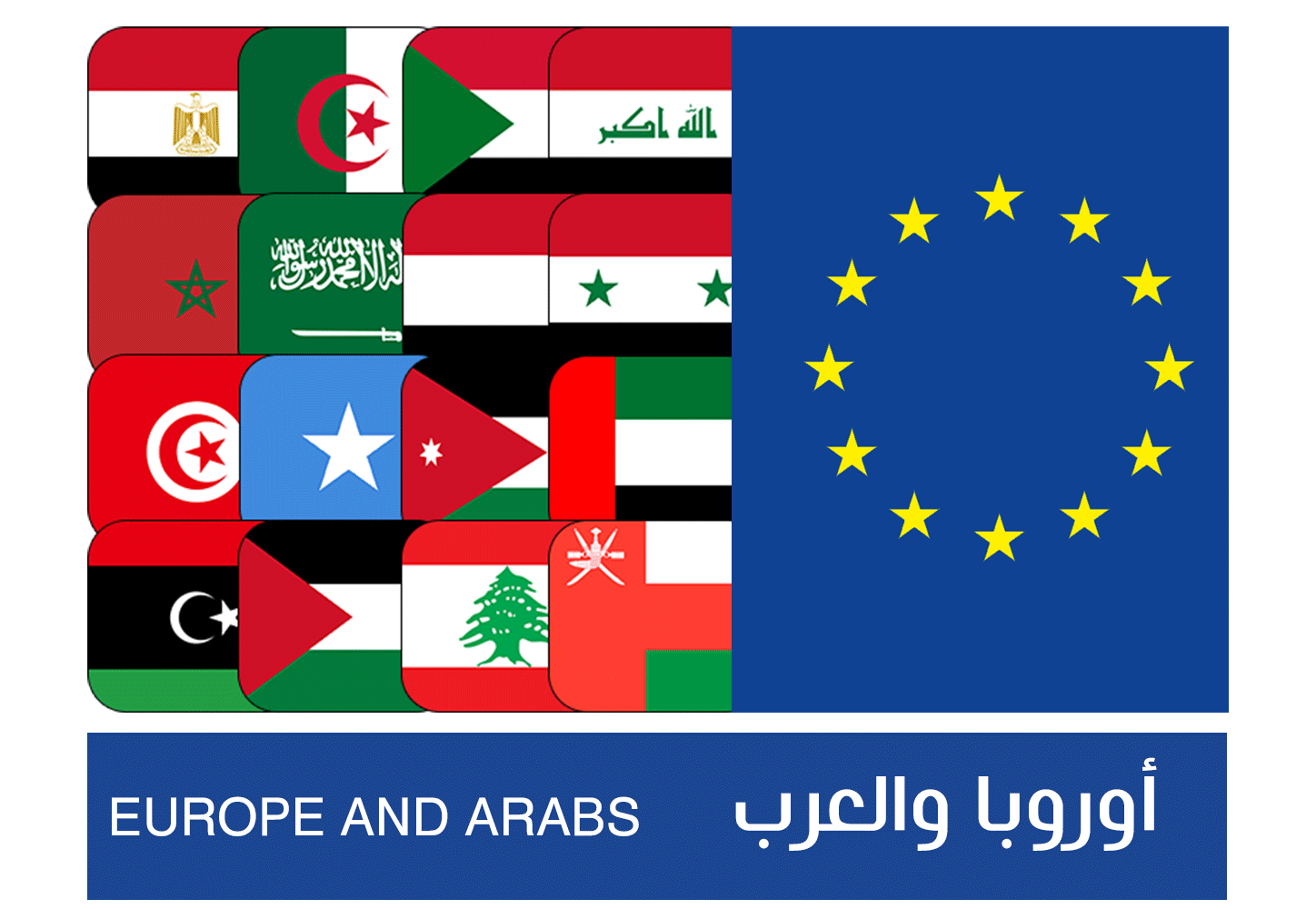

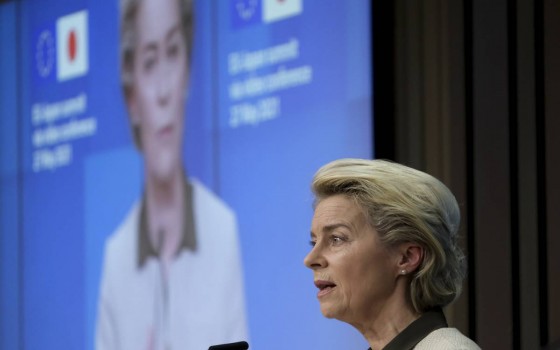





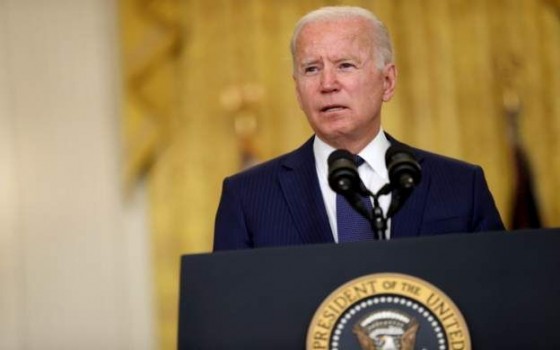
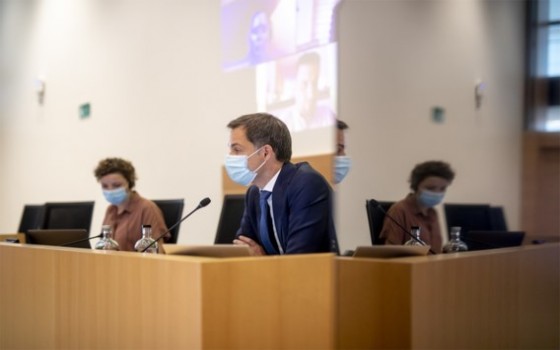
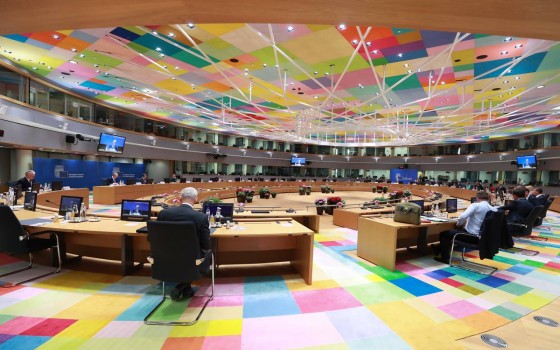

No Comments Found